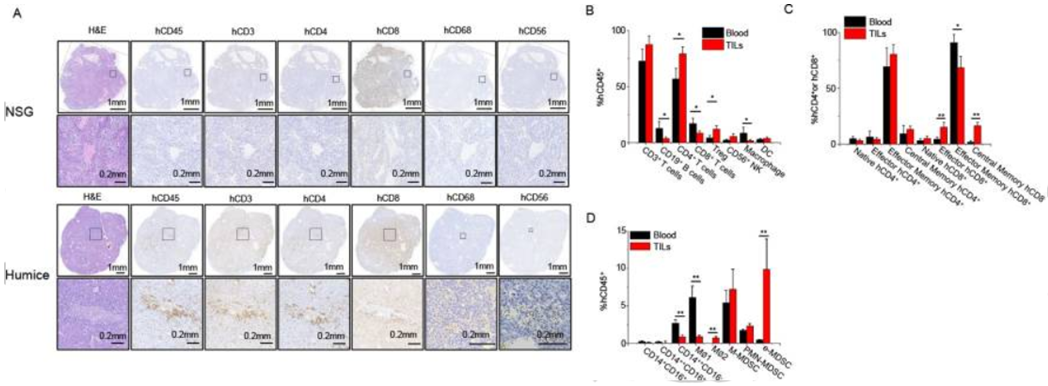PDX-based Drug Screening
The primary goal of cancer research is to better understand tumorigenesis and cancer progression. However, the complex nature of tumors has posed a substantial challenge to unlocking cancer's secrets. The contribution of newly developed therapeutics to improved patient survival has been limited, despite significant time, money, and effort has been expended over the last half century.
Monocellular layers of tumors cultivated in vitro and mouse xenografts derived from those cells have been the standard toolkit for cancer biologists for decades. Unfortunately, continuous passage and culture of cells in vitro allows the least differentiated cells to thrive, resulting in distinct and irreversible losses of important biologic properties introduced by tumor resident cell populations, such as supporting non-tumor stroma, hematopoietic cells and other tumor microenvironmental factors. Based on this situation, mouse xenografts of human tumor cell lines have had poor predictive power in the translation of cancer therapeutics into clinical settings.
To better preserve the genomic integrity and tumor heterogeneity observed in patients, patient-derived xenograft (PDX) models were generated using freshly resected patient tumors immediately transplanted into immunocompromised murine hosts without an intermediate in vitro culture step. Creative Bioarray focuses on anti-tumor drug research and development services to help customers assess the efficacy of compounds and study the associated pathological mechanisms.
Advantages
- High engraftment rate
- Increased clinical relevance compared to CDX models
- Reconstitution of relevant tumor microenvironment
- Site specific study for anti-tumor treatment
- Assess of tumor-stromal interactions
Species available
- Nude mice
- SCID mice
- Nude rats
Applications
- Tumorigenicity
- Therapeutic effect evaluation
- Multi-drug resistance
With extensive experience in the field of PDX models, we are confident to help you overcome any upcoming challenges. Our experts are fully capable of customizing our protocols and assays to meet your specific needs. With our help, we wish to facilitate your research with high efficiency.
Study examples
 Figure. 2. Infiltration of human immune cells in tumour. Tumours were harvested at 8 weeks postengraftment and analysed for human immune cell infiltration (n=5). (A) In situ stain of various human immune cell types infiltrated in hepatocellular carcinoma (HCC) tumours from NSG and humice. (B) The frequencies of major human immune cells from blood and HCC-patient-derived xenograft (PDX) tumour analysed by flow cytometry. (C) The proportions of T cell subtypes within T helper and cytotoxic T cells from blood and HCC-PDX tumour. (D) The proportions of myeloid subsets from blood and HCC-PDX tumour. *P<0.05, **P<0.01. TIL, tumour-infiltrating leucocytes.
Figure. 2. Infiltration of human immune cells in tumour. Tumours were harvested at 8 weeks postengraftment and analysed for human immune cell infiltration (n=5). (A) In situ stain of various human immune cell types infiltrated in hepatocellular carcinoma (HCC) tumours from NSG and humice. (B) The frequencies of major human immune cells from blood and HCC-patient-derived xenograft (PDX) tumour analysed by flow cytometry. (C) The proportions of T cell subtypes within T helper and cytotoxic T cells from blood and HCC-PDX tumour. (D) The proportions of myeloid subsets from blood and HCC-PDX tumour. *P<0.05, **P<0.01. TIL, tumour-infiltrating leucocytes.
Quotation and ordering
If you have any special needs or questions regarding our services, please feel free to contact us. We look forward to cooperating with you in the future.
Reference
Yue Zhao, etal. Development of a new patient-derived xenograft humanised mouse model to study human-specific tumour microenvironment and immunotherapy[J]. Gut Journal of the British Society of Gastroenterology, 2018.

